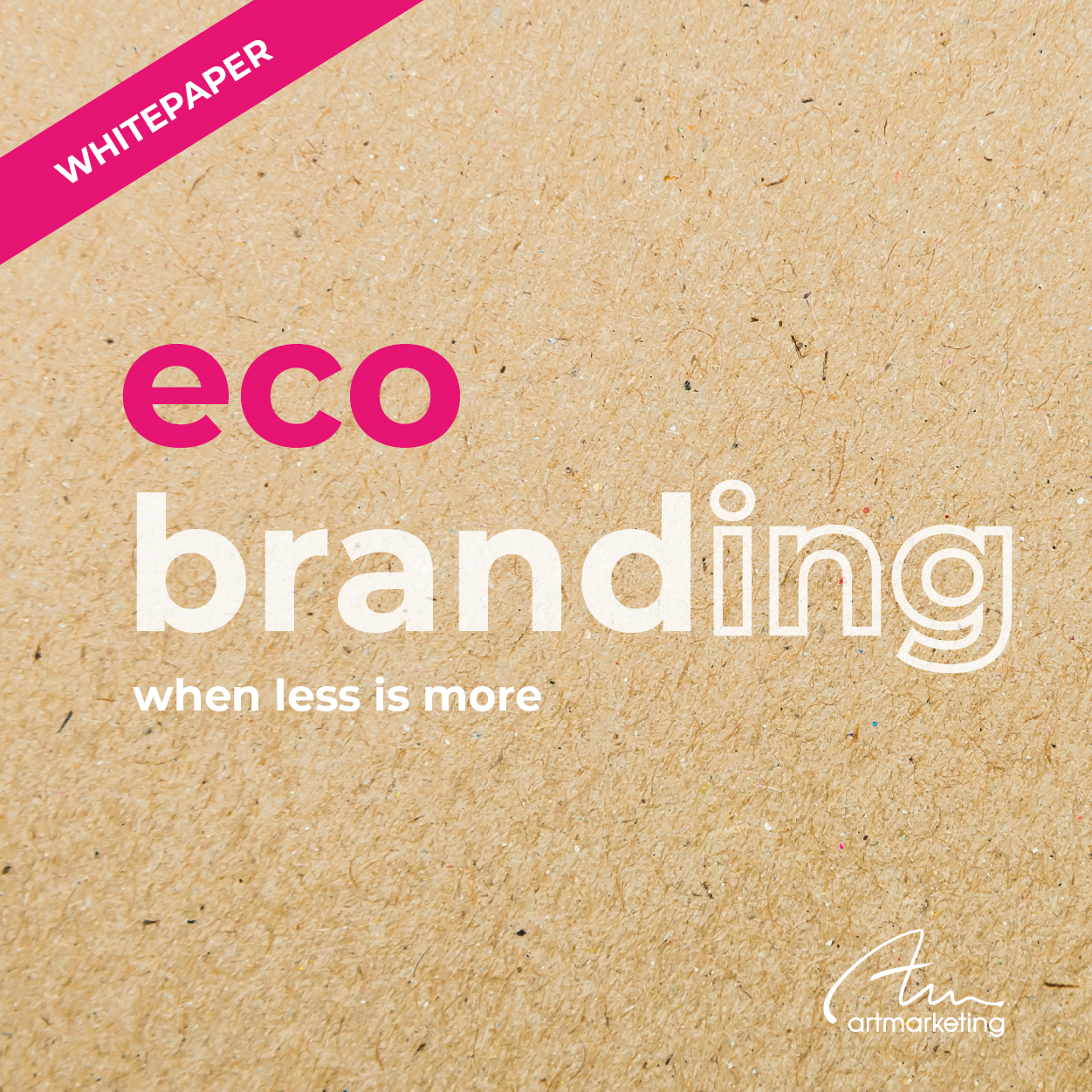It was in 1965 that Richard Wolheim first used the term minimalist to refer to Ad Reinhardt’s paintings and other objects of high intellectual content, but with less formal content.
And today, in the midst of the digital era, it seems that this current is more alive than ever. It is an undeniable reality that sustainability and ecological commitment are an absolutely necessary trend for our times.
DOWNLOAD THE ECOBRANDING WHITEPAPER
Know more about Ecobranding

It was in 1965 that Richard Wolheim first used the term minimalist to refer to Ad Reinhardt’s paintings and other objects of high intellectual content, but with less formal content.
And today, in the midst of the digital era, it seems that this current is more alive than ever. It is an undeniable reality that sustainability and ecological commitment are an absolutely necessary trend for our times.
It’s no longer just a question of aesthetics, it’s about getting involved in this trend for the benefit of our planet. The planet’s resources are increasingly limited and being aware of their care is everyone’s responsibility, and this includes the brands.
Ecobranding is a way of making brands aware of one of the most important problems of our time to propose an alternative, creating sustainable brand identities.
The strategies on which ecobranding is based are based on three fundamental pillars that are connected to each other:
· VISUAL: create brand recognition
· ECONOMIC: reduce production costs
· ECOLOGICAL: reduce environmental impact
How to do it?
It is not as complex as it seems, and although it is a practically new term, carrying out ecobranding actions within our brand is quite simple. You don’t need to start from scratch, it’s just a matter of rethinking things.
Here are some simple strategies to start implementing ecobranding in your company:
- Redesign a less saturated brand image
We live in a world full of images and colors. Creating or adapting our brand image to a much simpler one does not mean losing or being less visible. A powerful brand image does not lie in the amount of colors it has, but in what is behind it reflected through a direct and simple design and original.
By creating a less saturated brand image we contribute to reducing the visual pollution in which we currently live.
- Reduce ink consumption
Continuing with the visual part, undoubtedly an important part for brands are the materials creation, in most of them printed. Some examples of Ecobranding show us how easy it would be to save up to 35% of ink by eliminating a part of that surface that will be printed millions of times on different media. In this way we generate a positive impact in many ways. Years ago, printing in one ink was synonymous with cheap. Nowadays, in spite of the facility to print in multiple colors, one appreciates more a brand that does it in a measured way, because it denotes elegance, simplicity and many times quality.
- C reate a sustainable website
According to research data, websites currently produce 2% of emissions. In the long term, this is going to have a noticeable effect on the greenhouse effect. Making small changes to optimize a website can help us lower the ecological footprint that is created on the Internet.
- Work with socially responsible suppliers
In this area it is not only about working with suppliers who use biodegradable and sustainable products in terms of materials, but also with companies whose social responsibility policies go hand in hand with the policies of your company, so that between the two add up for the benefit of society and the environment.
- Bet for a clear, efficient and clean communication
Communicate simple messages, present your sustainability policies as an added value of your brand and tell how you are helping with this problem. Take charge of managing with specialised media, informing, educating and raising awareness.
Ecobranding benefits
Economic saving
Reducing ink consumption and consciously choosing the support can represent significant savings. It’s just a matter of seeing the proven percentages in the examples we gave and imagining what would happen if that were expanded to the rest of the brand design. How much could you save in a year?
Aesthetic value
Moreover, it is evident that having a more sustainable design does not mean that we lose in visual appeal. Finer typography, fewer bold colors and more organic strokes could highlight new qualities of our brand. There is no limit to creativity and it can contribute a lot.
And the most important one …
A breath for the planet
Clearly this is a benefit that cannot be ignored. If we can do our bit to benefit the world why not do it? Moreover, let us not forget that this is a value much appreciated by consumers. Brands that do not take sustainability into consideration are inevitably destined to be forgotten.
In this way, we propose an alternative by creating sustainable brand identities and strategies. A small change in our branding can trigger a significant saving of natural and economic resources.
